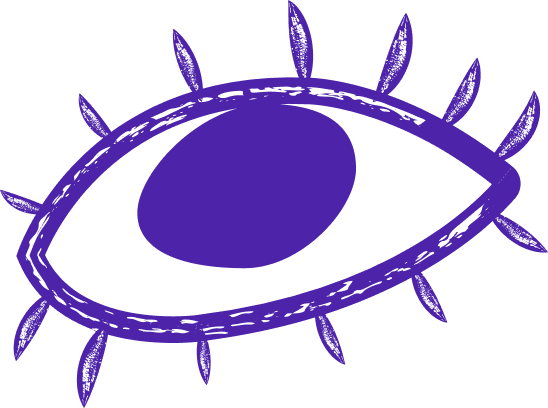
orm object relational mapping
ORM (Object-Relational Mapping)
Object-Relational Mapping (ORM) is a powerful technique used in software development to bridge the gap between object-oriented programming languages and relational databases. It serves as a middleware layer, providing a seamless integration between the application's object model and the underlying database structure. By abstracting the complexities of database interactions, ORM frameworks enable developers to focus on the core business logic of their applications, resulting in increased productivity and maintainability.
Enhancing Code Reusability and Maintainability
One of the primary advantages of using ORM is the significant improvement in code reusability and maintainability. With ORM, developers can define the database schema and relationships using object-oriented constructs such as classes, inheritance, and associations. This abstraction layer allows for a more intuitive and expressive representation of the data model, making it easier to understand and modify. By encapsulating the database operations within the ORM framework, developers can avoid writing repetitive and error-prone SQL queries, reducing the overall complexity of the codebase and facilitating its maintenance.
Seamless Database Agnosticism
Another key benefit of ORM is its ability to provide database agnosticism. This means that the choice of database management system (DBMS) becomes less critical during the development process. ORM frameworks typically support a wide range of popular DBMSs, allowing developers to switch between different database platforms without having to rewrite significant portions of the code. This flexibility not only simplifies the deployment process but also future-proofs the application against changes in the underlying data storage technology.
Efficient Data Access and Performance Optimization
ORM frameworks excel at optimizing data access and improving performance. They employ various techniques such as lazy loading, caching, and query optimization to minimize the number of database queries and reduce the overall latency of data retrieval. By intelligently fetching only the required data and avoiding unnecessary round trips to the database, ORM helps in enhancing the responsiveness and scalability of the application. Additionally, ORM frameworks often provide advanced query building capabilities, enabling developers to construct complex queries using a more expressive and readable syntax.
Streamlined Database Schema Evolution
As software applications evolve over time, so do their database schemas. ORM frameworks offer powerful tools for managing database schema changes seamlessly. With features like database migrations, developers can easily modify the structure of the database without manually writing and executing complex SQL scripts. ORM frameworks automatically generate the necessary SQL statements to migrate the database schema to the desired state, ensuring data integrity and minimizing the risk of errors during schema evolution.
In summary, ORM (Object-Relational Mapping) is a technique that simplifies the interaction between object-oriented programming languages and relational databases. It enhances code reusability and maintainability, provides database agnosticism, optimizes data access and performance, and streamlines database schema evolution. By leveraging ORM frameworks, software developers can focus on building robust and scalable applications while abstracting the complexities of database operations.

Digital Transformation Strategy for Siemens Finance
Cloud-based platform for Siemens Financial Services in Poland
Kick-start your AI Digital Transformation strategy with experts.
We design tailored digital transformation strategies that address real business needs.
- AI Strategic Workshops
- Process & Systems Audit
- Implementation Roadmap
Let’s build your next digital product — faster, safer, smarter.
Book a free consultationWork with a team trusted by top-tier companies.








